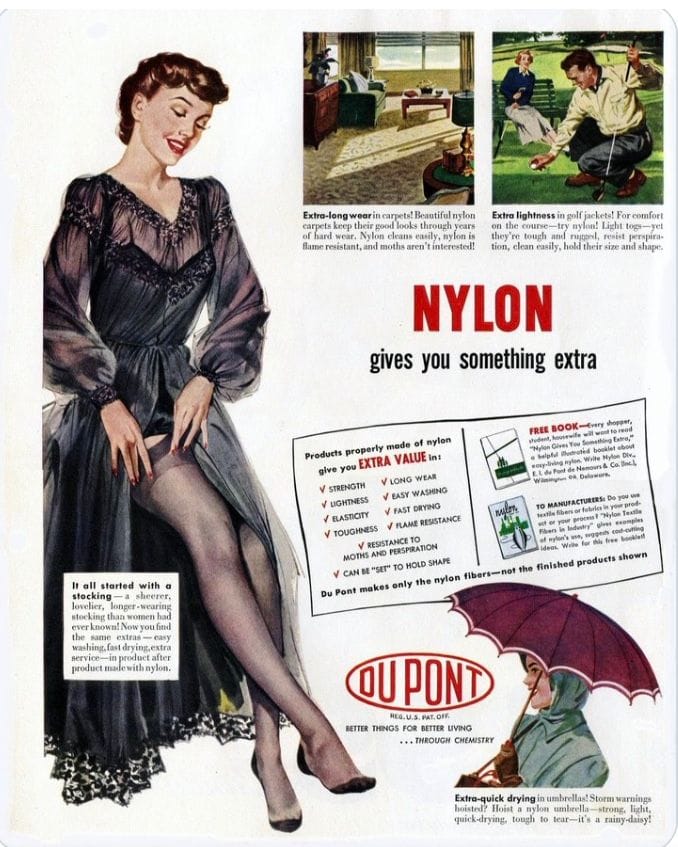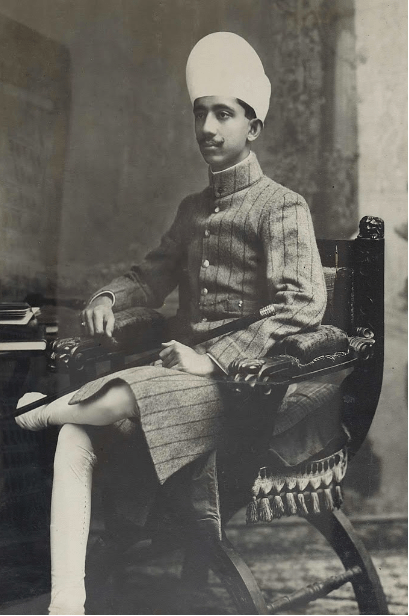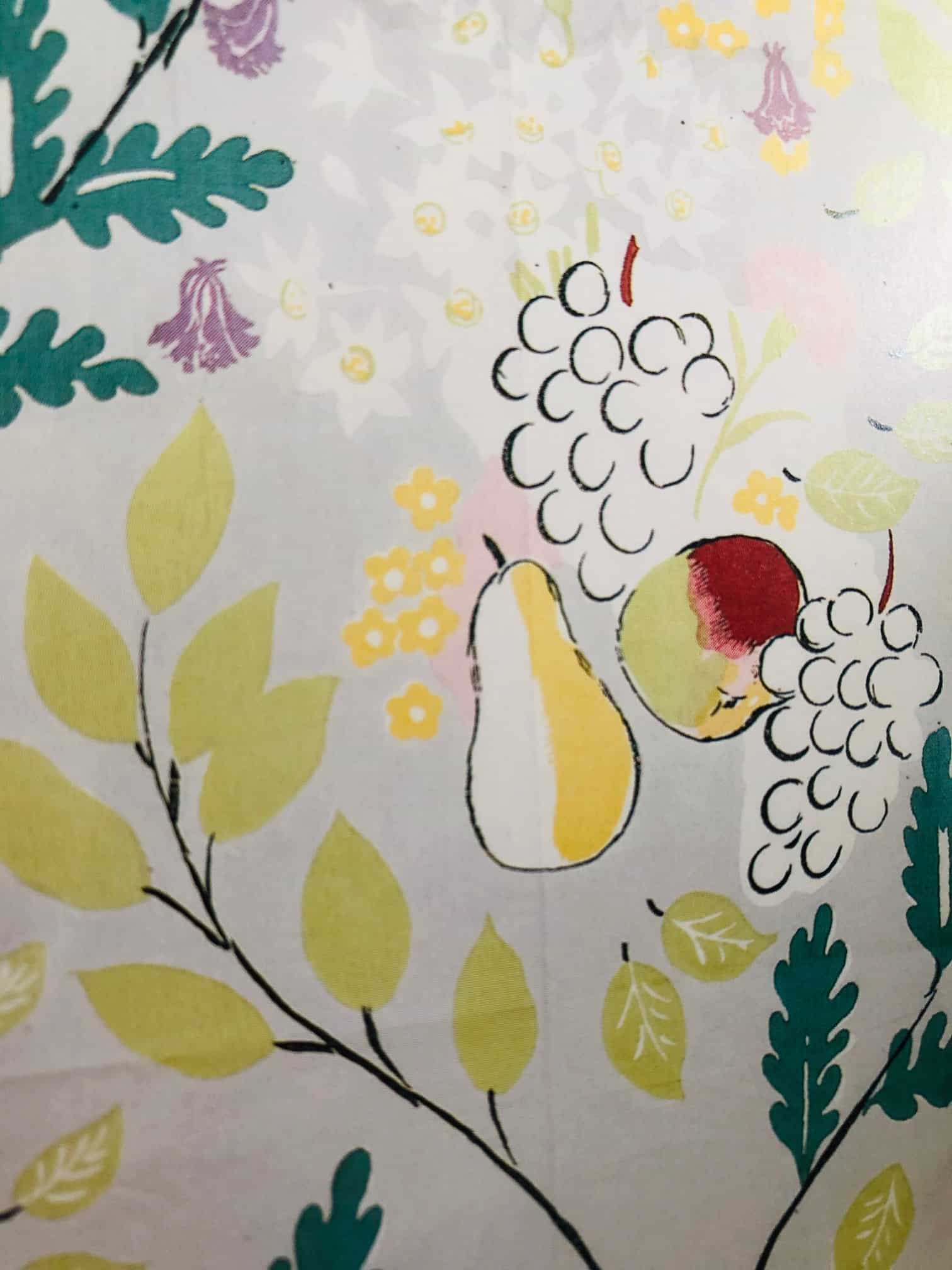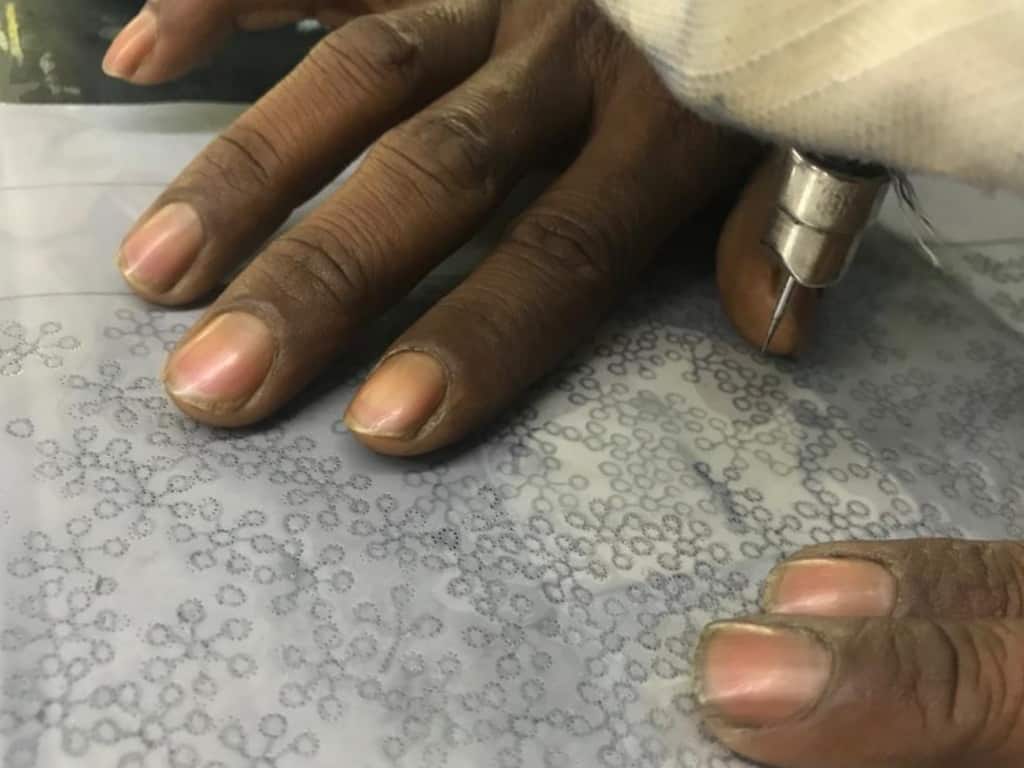15 Nov How Synthetic Fabrics were Invented and Why they are not Sustainable
[vc_row css_animation="" row_type="row" use_row_as_full_screen_section="no" type="full_width" angled_section="no" text_align="left" background_image_as_pattern="without_pattern" css=".vc_custom_1637006447365{padding-right: 15px !important;}" z_index=""][vc_column offset="vc_col-xs-12"][vc_column_text]Synthetic Fabrics: For much of history, the fabric was a luxury available to the elite. The east dominated the production of silk and cotton, which were transported at enormous cost and danger to human life over the Silk Routes to the West. Most people owned one set of clothes which they wore over linen underwear which could be washed.ABOUT SILK ROUTE, THE PRIMARY GOODS OR IDEAS TRADED, AND HISTORICAL IMPACT





 History of Screen Printing
History of Screen Printing 





